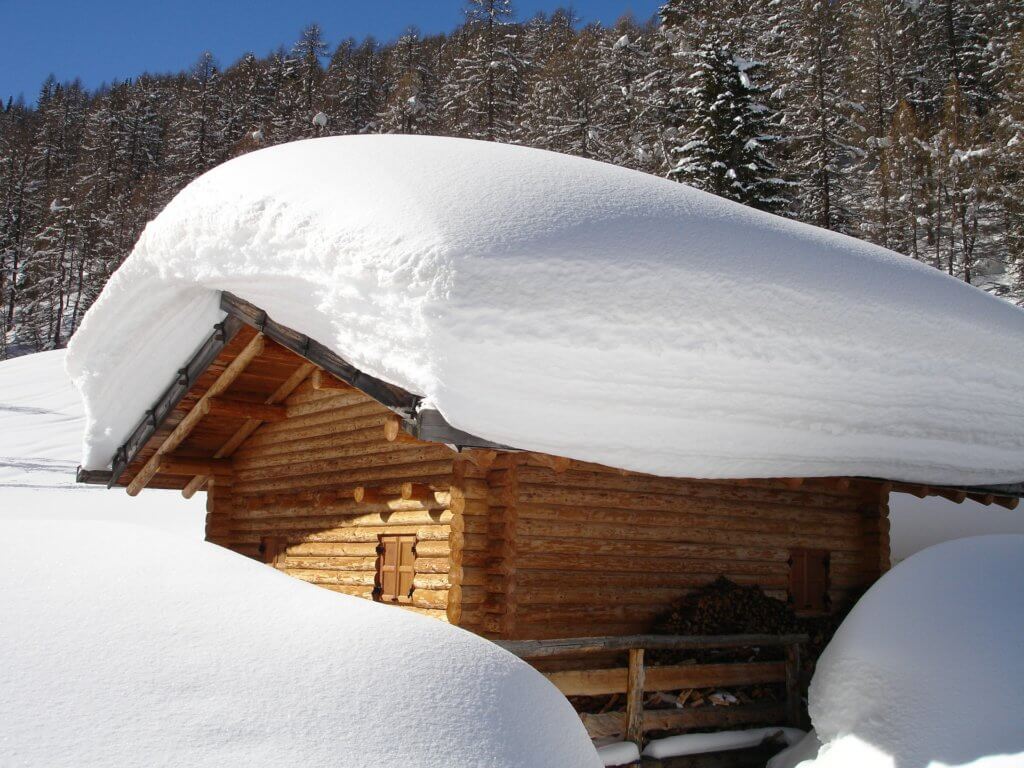Thanks to frigid Northeast winters, there is never a bad time to assess the condition of your roof and prepare it for winter. Getting your roof ready for winter is a strong continuation of your fall cleanup. The key here is to identify any issues before winter weather hits. As snow piles up on your roof, it insulates itself, trapping moisture to any problem areas. Similarly, as things begin to freeze, ice expansion can get under loosened shingles, as well as weaken and destroy your gutters. Below you will find a list of winter roof preparation tips to ensure you–and your house– stays dry and warm all winter long.
How to Prepare Your Roof for Winter
While it’s critical to monitor your roof throughout the winter, to watch for damage or leaks, there are a multitude of ways that you can be proactive to protect your roof from the cold, snow, and ice.
- As noted above, fall cleanup is the true start of preparing your home and your roof for the winter. Here in the Northeast and greater Boston area, fall cleanups are a sport for many, spending hours wrangling seemingly never-ending piles of leaves on a daily basis. As diligent as you may be with your roof and gutters during this time, it is smart to check again once all of your leaves have fallen. High fall winds can cause branches and limbs to fall onto your roof long after you’ve finished your cleanup.
- While this may seem like a no-brainer to some, it is very wise to check for any large limbs that may be hanging over your roof or yard. All it takes is one storm with high wind or heavy snow and ice to have these limbs come crashing down, causing serious storm damage to your roof. It goes without saying to safely move/remove these limbs while also ensuring you are not damaging a neighbor’s tree or property.
- It is common for leaks to appear in the area along the flashing or in the valleys of your roof. Inspect this area carefully to make sure it’s completely sealed and free of debris.
- Due to the warming and cooling of the seasons, we often find it to be windier in the spring and fall versus winter and summer. This is due to cool and warm air flows moving in during the seasons and replacing the opposite, that was already there, creating winds. A windy fall might cause damage to your shingles after you have already checked them. This is a strong reason to check again before snow flies, to ensure your roof is healthy for the rough weather ahead. Missing granules and visible signs of curling could indicate that a shingle may need to be replaced.
- Clean your gutters before the storms hit; you should also check all spouts and drains. Please be sure to check that all of your gutters are secured to your home and are not loose. Loose gutters can lead to an overflow, which can cause damage to the exterior of your home as well as your roof.
- Invest in a roof rake. Proper care must be taken when using a roof rake, however, a small amount of labor in removing heavy snow from your roof can alleviate a serious headache down the road. According to FEMA, light fluffy snow can weigh as little as 3 pounds per foot, with heavy snow coming in at 21 pounds per square foot. You can imagine the weight when looking at a 2000 square foot roof, for example. Also, by clearing snow in a timely manner, you prevent it from turning to ice, which can weigh 57 pounds per square foot. Quite simply, residential roofs aren’t designed to withstand that much weight.
- Check your chimney and attic to ensure that nothing has come loose in your chimney and that your attic’s insulation is evenly distributed.
Call A Professional: Ranch Roofing Can Help Prepare Your Roof for Winter
Seeing minute details in a roof is what professionals are there for. You may not see a small issue until it turns into a larger one. On the other hand, professional roofers are experienced in seeing and diagnosing issues before they become even more costly.
Feel free to contact us for any further questions about your winter roof preparation.

